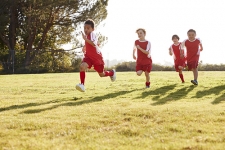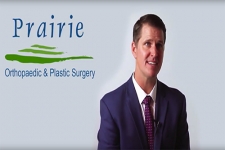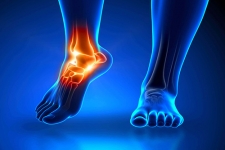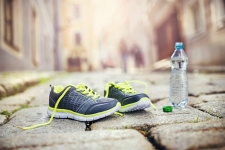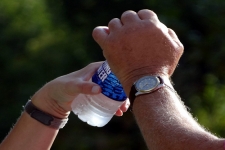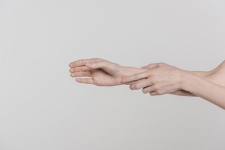Overuse Injuries in Kids
Osgood-Schlatter Disease is very common in adolescents, especially during puberty and growth spurts. During these growth spurts, the rapid growth of the quadriceps and tibial tubercle-located on the Tibia (shinbone) and where the patella is connected—causes the patellar tendon to stretch. These rapid changes paired with the sports and activity levels of adolescents can lead to inflammation of growth plate, further pulling the lengthening of the patellar tendon.

